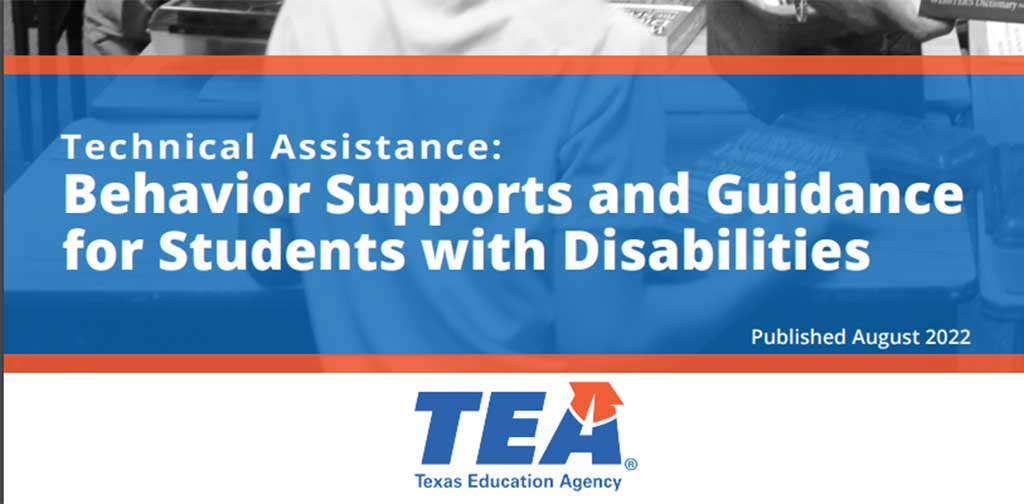It is important to document a strength and interest-based learning approach in the student’s IEP. This will assist the whole team in using this approach and will lead to more continuity and success throughout the student’s academic career.
Embed specific strategies into each particular goal, rather than merely listing the strategies on a separate page of the IEP document. Include tenants from Universal Design with a variety of ways to receive and present information. “Universal design in education means providing information in a variety of formats because multi- sensory methods of receiving and expressing information can make curricula more accessible for students with and without disabilities. Further, universal design means delivering instruction using a variety of teaching methods. Technology provides the capacity to easily change information from one format to another.”
Several examples of specific strategies and Universal Design follow:
- Trevor will edit his writing for a project/topic of choice using text-to-speech, spell check, and an editing checklist.
- Using audio books, Natalie will answer inferential questions about novels that she selects from a pre- approved reading list.
- Charity will complete equations with access to her calculator, manipulatives, and list of formulas.
- Chris will plan, compose, and edit a multimedia presentation about a unit in social studies that he selects using voice dictation software, visual organizers, and text-to-speech software.
Criterion: Always obtain a baseline of what the student is currently able to do and then set an attainable goal. This does not have to be limited to a percentage. The criterion could be the level of independence (e.g., with maximal cues, moderate cues, minimal cues, or independently) for using a strategy or assistive technology. It could also be WCPM (words correct per minute) to assess fluency. For writing goals, using a rating scale or rubric that pertains to the curriculum is often the most meaningful way to set a criterion and measure progress.
Progress monitoring: This should be ongoing. For example, if editing is a goal, the student should edit a paragraph or two in every session. The percentage of errors that he independently corrects should be graphed at the end of your session. The student should calculate the percent and fill in the graph to be an active partner in your work. The interval of progress monitoring should be weekly or at least monthly. If the intervals are longer than this, it is difficult for the student and staff to know if the strategies and intervention are effective. If the student is graphing or charting progress in every session, then it takes little-to-no-time to photocopy this chart for the team and to send home with the student on a weekly or monthly basis. With this kind of data, you will quickly see patterns and will be able to fine tune your intervention as you go. Include at least one meta-cognitive goal to make your student take an active role in your intervention. This also leads to better carryover of strategies. Examples of meta-cognitive goals are:
- Matt will demonstrate at least three strategies he utilizes for note-taking.
- Mia will accurately rate her reading fluency (as compared to the SLP’s rating) on the Multi-dimensional Fluency Scale.
- Steven will independently use assistive technology to draft a report.
- Leah will use a mnemonic strategy to memorize facts in Biology.
To be most effective, IEP goals must: be Specific, be Measurable, use Action words, be Realistic, and be Time- limited.




